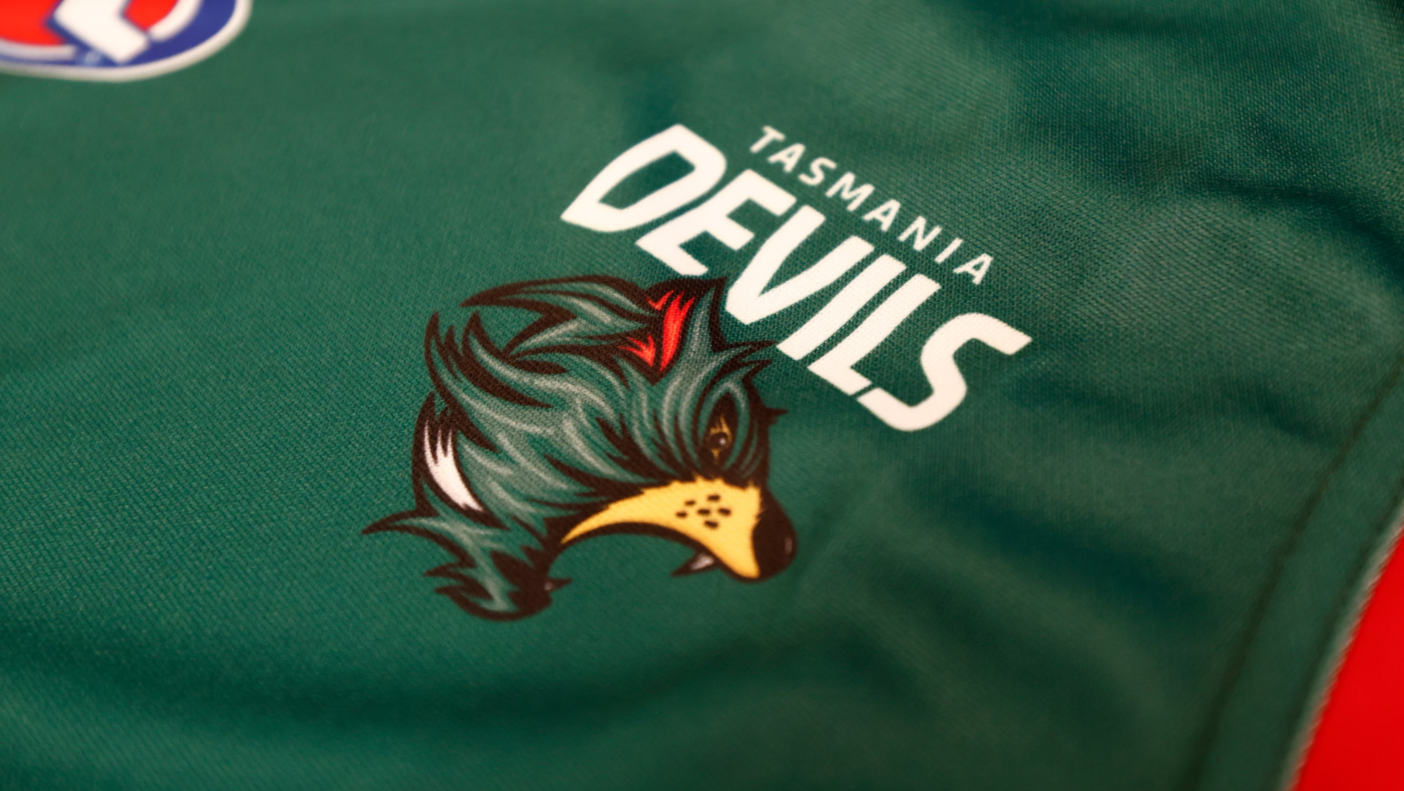Almost 90 years after the Tasmanian Tiger was last seen, the Tasmanian Devil also faces extinction but in a different sense and for a different reason.
The future of the football team named after the Australian island state’s carnivorous marsupial is in doubt because of the Tasmanian Government's potential fall.
A no-confidence motion has been tabled against the minority government, threatening plans for a A$1 billion (US$649 million) stadium in the state capital of Hobart that would be home to the Australian Football League’s (AFL) proposed 19th franchise, the Tasmanian Devils.
Premier Jeremy Rockliff, whose Liberal Party commands just 14 of the 35 seats in the lower House of Assembly, has threatened to call an election if the opposition Labor Party motion (10 seats) is successful in the Tasmanian Parliament.
“This will be an election that Tasmanians don’t want and Tasmania cannot afford,” Rockliff told a news conference on Thursday.
This would be the second poll in 15 months for the tiny state of 575,000 people, which is struggling with budget deficits and rising debt and would fund most of the stadium.
Although both major parties are in favour of the stadium, to form a government Labor needs the support of the Greens (five seats) and other members of parliament, who are either opposed to it or concerned about a lack of public consultation.
The AFL has made the 23,000-seat roofed complex a condition of entry.
The Tasmanian Devils released a statement saying political uncertainty was of great concern and they did not know how the issue would play out.
“What we do know is that uncertainty presents a serious risk for jobs, investment and growth, and for the future of (the) Tasmania Football Club,” the Devils said.
With iconic status among the state’s wildlife, the Tasmanian Devil is distinct from the Tasmanian Tiger, which is believed to be extinct following the death of the last known animal at the Hobart Zoo in 1936.



